- News
- Reviews
- Bikes
- Accessories
- Accessories - misc
- Computer mounts
- Bags
- Bar ends
- Bike bags & cases
- Bottle cages
- Bottles
- Cameras
- Car racks
- Child seats
- Computers
- Glasses
- GPS units
- Helmets
- Lights - front
- Lights - rear
- Lights - sets
- Locks
- Mirrors
- Mudguards
- Racks
- Pumps & CO2 inflators
- Puncture kits
- Reflectives
- Smart watches
- Stands and racks
- Trailers
- Clothing
- Components
- Bar tape & grips
- Bottom brackets
- Brake & gear cables
- Brake & STI levers
- Brake pads & spares
- Brakes
- Cassettes & freewheels
- Chains
- Chainsets & chainrings
- Derailleurs - front
- Derailleurs - rear
- Forks
- Gear levers & shifters
- Groupsets
- Handlebars & extensions
- Headsets
- Hubs
- Inner tubes
- Pedals
- Quick releases & skewers
- Saddles
- Seatposts
- Stems
- Wheels
- Tyres
- Health, fitness and nutrition
- Tools and workshop
- Miscellaneous
- Buyers Guides
- Features
- Forum
- Recommends
- Podcast
BUYER'S GUIDE
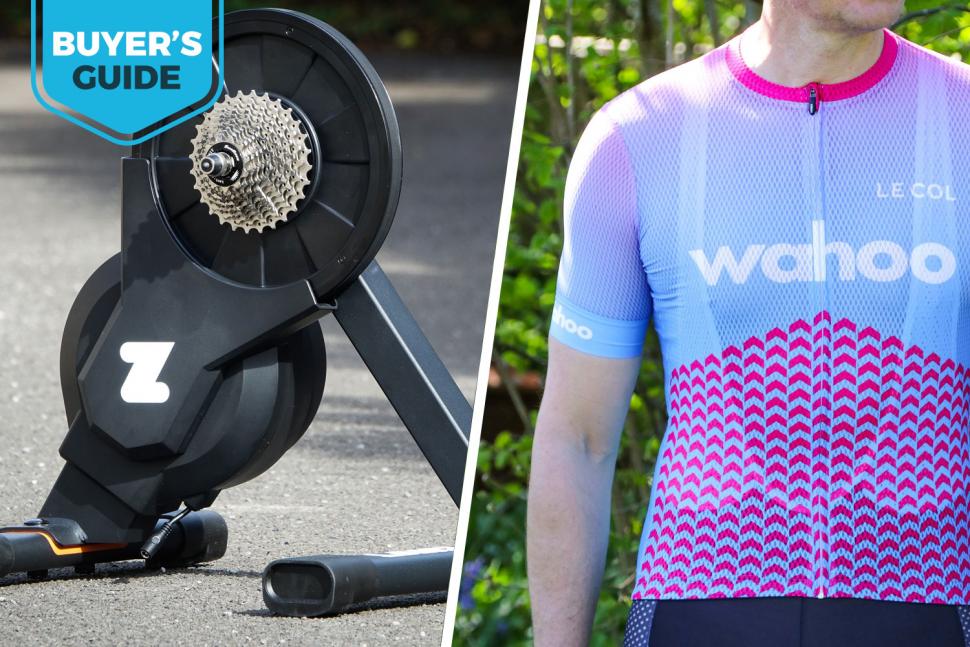 Indoor cycling a complete guide Nov 2022
Indoor cycling a complete guide Nov 2022Indoor cycling — a complete guide for 2025 and everything you need to get started
If you’re hoping to improve your fitness through indoor cycling, choosing the right equipment can be tricky, which is why we're providing a complete guide to all the best options you can buy currently. Once you’ve chosen the setup that’s right for you, the best cycling clothing will help you stay comfortable and get the most from your experience.
Indoor cycling – whether on a turbo trainer, a smart bike or an exercise bike – is safe, time-efficient, and controllable so you can develop your fitness quickly and without distractions, especially if you use one of the heart rate monitors or the power meters to focus your efforts.
Riding inside also means that you’re not at the mercy of the weather, which is especially important in a country like the UK. You’re not going to miss an indoor ride because it’s raining or icy.
 Many components will last longer indoors than they would outside. You’ll need to stay on top of bike maintenance, of course, but cleaning won’t be a major chore.
Many components will last longer indoors than they would outside. You’ll need to stay on top of bike maintenance, of course, but cleaning won’t be a major chore.
Indoor cycling used to be mainly confined to the off-season when weather and darkness made riding outside unappealing, but these days it has hit the big time with excellent trainers and smart bikes, immersive apps and even indoor-specific clothing and shoes making the whole experience much more attractive, comfortable, and fun.
We're going to tell you everything you need to know about:
- Basic turbo trainers
- Smart trainers
- Rollers
- Exercise bikes and smart bikes
- Best bikes for indoor cycling
- Indoor cycling apps
- Indoor cycling accessories
- Indoor cycling clothing
- Indoor cycling shoes
How to choose the right trainer
If you want to get a cool indoor cycling setup, there are several options open to you:
Here’s how to choose which one is best for you...
Basic turbo trainers
The best turbo trainers allow you to get fit and improve your cycling indoors. Turbo trainers – also called home trainers or indoor trainers – have been popular for many years. Essentially, you mount your bike on the trainer and pedal against a resistance unit.
With most basic turbo trainers, your rear tyre runs against a roller. The resistance comes from air, fluid, or magnets.
Basic turbo trainers are sometimes called ‘dumb turbo trainers’. It’s a harsh name but it distinguishes them from smart trainers.
The difference is that smart trainers are interactive turbo trainers that can connect with indoor cycling apps while basic turbo trainers are self-contained. Oh, and basic turbo trainers are cheaper.
The vast majority of indoor trainers that we see these days are smart, but the best wheel-on basic turbo trainer that we've reviewed recently is the Tacx Boost (£250).
It's well made, sturdy and quiet in use, and you can choose from 10 levels of resistance. The magnetic brake and 1.6kg flywheel give a smooth road-like feel, and the Boost's secure frame means you can really crank up the power without it feeling unstable. On top of that, the lack of electronics means you can set it up anywhere.
If you do want to ride using a cycling app like Zwift, the Tacx Boost is also available as part of a £249.99 bundle, which adds Garmin's Speed Sensor 2. This attaches to your wheel hub to give you speed and distance for your workout, although you won't get the interactivity of a smart trainer.
Find a Tacx dealer
Read our review of the Tacx Boost
Buy now from Wiggle for £159.99
Smart trainers
Smart trainers can be connected wirelessly via ANT+ or Bluetooth to your computer, smartphone, tablet or Apple TV box. These devices can then be used to control the level of resistance you pedal against, given as your power in watts via an inbuilt power meter.
Smart trainers are the better option if you want to ride on one of the best cycling training apps, such as Zwift, TrainerRoad, or Wahoo SYSTM. Your power can then be reflected on the app, allowing you to train effectively and race against other users.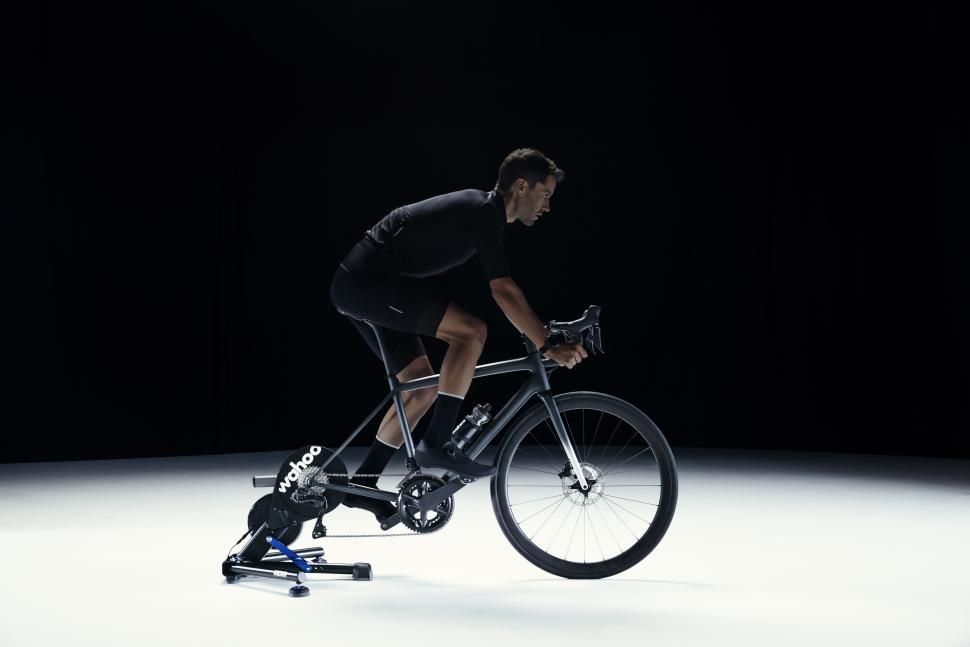
Smart trainers can simulate hills, making virtual riding more realistic and enjoyable. If you hit a hill on your training app, the resistance increases.
You can either change gear in the usual way via your shifters or use ERG mode – find out all about ERG mode here – with a fixed power target. If you do this, the smart trainer will constantly measure your speed and adjust the resistance to ensure your power remains constant.
You also get trainers that sit somewhere between basic turbo trainers and true smart trainers. They can measure your power and send data outward to another electronic device (such as your phone or computer), but they are unable to receive commands. This means that they can’t automatically adjust to reflect hills on the best cycling training apps and there’s no ERG mode to keep you at a constant level of power.
Most smart trainers are direct-drive. Here you remove your bike’s back wheel before mounting its rear dropouts directly onto the trainer. You run the chain around a cassette that’s attached to the turbo trainer.
Taking your rear wheel out of the equation means that there’s no tyre to wear out or slip against the roller on a direct-drive turbo trainer, although you will need to buy a new cassette (unless you fancy swapping the cassette from your rear wheel to the trainer every time you want to switch between outdoor cycling and indoor cycling).
The best smart trainer overall is the Tacx Neo 2T Smart trainer (£1,199.99) which is ANT+ and Bluetooth compatible for both reporting and for trainer control. It can simulate up to a 25% gradient and offers up to 2,200W of resistance. We found the Tacx Neo 2T to be reliable and responsive. It's also quiet and offers accurate power numbers.
Find a Tacx dealer
Read our review of the Tacx Neo 2T Smart trainer
Buy now from All Terrain Cycles for £1,199.99
The best value smart trainer is the Saris H3 Direct Drive Smart Trainer (£599.99). This is a serious contender for your cash thanks to a smooth and responsive ride feel, a high level of accuracy, and a quiet performance. It's an excellent option that's ideal for a serious home training environment.
Find a Saris dealer
Read our review of the Saris H3 Direct Drive Smart Trainer
Buy now from All Terrain Cycles for £1,199.99
Rollers
Rollers are an indoor cycling system normally comprising three cylinders, or drums, that are lifted off the ground by a frame. Your bike’s front wheel rests on one cylinder while the rear wheel sits on the other two.
A belt connects the middle and front rollers so that both wheels of your bike spin when you pedal. It sounds more complicated than it actually is.
There’s a knack to riding on rollers – you’ll need to practise to keep your balance – although the Wahoo Kickr Rollr Smart Bike Roller, for example, uses just two cylinders and makes things simpler by holding your front wheel.
Many people like the fact that rollers require more skill and attention than turbo trainers and so can be a more involving experience. That said, smart trainers have also made indoor cycling a whole lot more interesting over recent years.
The best rollers are the Kreitler Rollers and Flywheel (£570). These are beautifully smooth, made with 6061 alloy drums turned on a CNC lathe to make them near-perfectly cylindrical.
They're available in various diameters, and you can choose optional accessories, it's just that the price is higher than most people will be willing to pay.
Read our review of the Kreitler Rollers and Flywheel
Buy now from Soulor Cycles for £570
The best at a more accessible price is the Tacx Galaxia Advanced Roller Trainer (£219.99). Although still not cheap, this system offers a smooth ride and the two rear rollers move slightly backwards and forwards, absorbing your inputs when you change speed or swap from seated to standing. It gives a natural feel.
Find a Tacx dealer
Read our review of the Tacx Galaxia Advanced Roller Trainer
Buy now from Wiggle for £189.99
Exercise bikes and smart bikes
Whereas you use a standard outdoor bike on turbo trainers and rollers, the best exercise bikes and smart bikes are standalone devices designed specifically for indoor cycling.
If you’re intending to ride indoors only, one of the biggest advantages of an exercise bike or smart bike is practicality. There’s no need to clamp anything in place; it’s ready to go whenever you want to ride.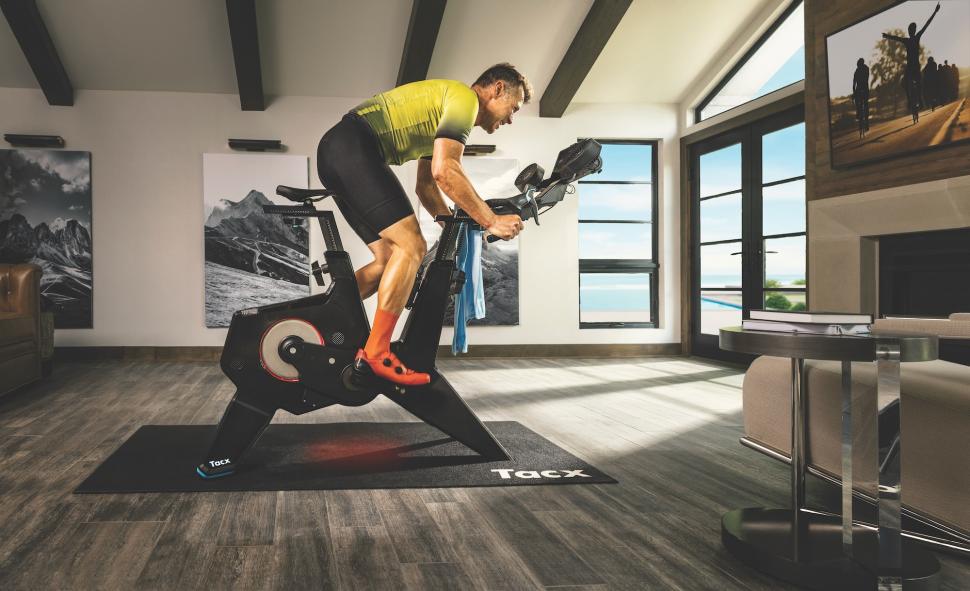
The difference between an exercise bike and a smart bike is essentially the same as the difference between a basic turbo trainer and a smart trainer: interactivity. With a simple exercise bike, you have to adjust the resistance yourself whereas a smart bike will adjust the resistance automatically to reflect what’s happening on whichever of the best indoor cycling apps you’re using, such as the market-leader Zwift.
They’ll present a virtual world either via their own monitor or by linking to a smartphone, computer or tablet.
The best smart bike overall is the Wahoo Kickr Bike (£3,499.99). It provides a great ride feel with effective and configurable virtual gearing, and resistance that's smooth, accurate and predictable. It also offers Wahoo's angle-adjusting Climb technology which can be set to physically simulate the gradient on a cycling app that you're using.
Read our review of the Wahoo Kickr Bike
Buy now from Wahoo for £3,499.99
The best value smart bike is the Zycle Z Exercise Bike (£1,499). When we reviewed the original Bkool model (before they were rebranded) we weren't too impressed with the wide Q-factor (the distance between the pedals) but that's been narrowed on the Zycle Z.
Two buttons allow you to easily switch gears, and the handlebar offers plenty of hand positions. Anyone between 160cm-195cm can easily fit it by making simple adjustments, the power accuracy is claimed to be +/-2% and there's even a USB socket for charging your smartphone or tablet.
Find a Zycle dealer here
Read our review of the Zycle Z Exercise bike
Buy now from Powerhouse Fitness for £1,499.99
The best bikes for indoor cycling
You can use most bikes on basic turbo trainers and smart trainers. If your bike has 700C or 650B wheels and uses a standard quick-release skewer for the rear wheel, chances are that it’ll fit with no problems whatsoever although, depending on the mounting system, you might need to swap the skewer for one that’s trainer-specific. If it's a wheel-on trainer, you'll want a smooth rather than a knobbly tyre to keep the noise down.
Things have got a little more complicated with the popularity of bikes with wheels held in place by thru-axles. Some indoor trainers are immediately compatible with thru-axle bikes, others require that you buy an adaptor.
If you use a trainer that requires you to keep the rear wheel on your bike (as opposed to a direct-drive turbo trainer), a smooth tyre will make far less noise than a knobbly tyre. You might want to buy a tough turbo tyre, like a Tacx Trainer Tyre, to reduce wear.
Rollers work with the vast majority of bikes. You’ll be able to adjust the distance between the cylinders to suit the wheelbase of your bike.
If you’re going to ride exclusively indoors, there’s no point in spending loads of money on a superlight and/or aero bike, so one of the best road bikes under £1,000 will do the job perfectly well.
The Triban RC 520 (£849.99), for example, is the best road bike under £1,000. It's a superb value, fully competent workhorse road bike with plenty of practicality thrown in.
Find a Decathlon store here
Read our review of the Triban RC 520
Buy now from Decathlon for £849.99
Indoor cycling apps
The best indoor cycling apps will keep you interested and maximise your fitness.
Apps for cycling essentially fall into two categories. Training apps like Zwift and TrainerRoad offer you a virtual environment in which to ride, train and race on your smart trainer or smart bike, while apps like TrainingPeaks give you tools to log and monitor your training, measure your progress and even help create training schedules.
Zwift (£12.99 per month) is the overall best indoor cycling app, largely because it's ultra-immersive. You can ride in a virtual world against or alongside other people from around the globe. Indoor cycling becomes a game so it’s fun – which means you’re much more likely to stick with it.
If you use Zwift with a smart trainer, the resistance level adjusts to match the terrain, so climbing feels realistic.
Read our review of Zwift
Subscribe to Zwift for £12.99 per month
TrainerRoad ($19.95/£16.80 per month), on the other hand, is the best for structured training and fitness. It can connect to compatible training sensors (like a power meter or one of the best heart rate monitors) and can provide workouts appropriate to your fitness, determined by an FTP (functional threshold power) fitness test.
Read our review of TrainerRoad
Subscribe to TrainerRoad for ($19.95/£16.80 per month)
Indoor cycling accessories
A few of the best indoor cycling accessories will improve your training time.
If you didn't get one with your trainer, a front-wheel riser will keep your bike level and stable. With four different wheel heights, Kurt Kinetic's riser (£25) will get your bike level for the most common wheel sizes.
Find a Kurt Kinetic dealer
Buy now from Amazon for £25
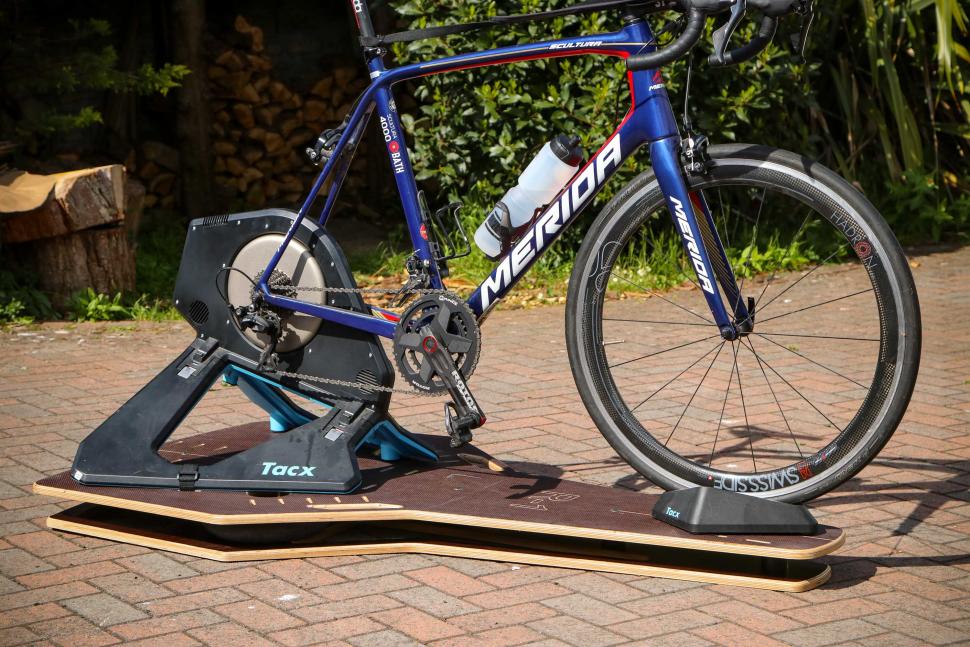 A rocker plate can add a more realistic feel. This is a board upon which you mount your turbo trainer. As the name suggests, the rocker plate can move to a limited degree as you ride, adding a more natural feel to your indoor cycling. We like the Bespoke Rocker Plate R1 Black Edition.
A rocker plate can add a more realistic feel. This is a board upon which you mount your turbo trainer. As the name suggests, the rocker plate can move to a limited degree as you ride, adding a more natural feel to your indoor cycling. We like the Bespoke Rocker Plate R1 Black Edition.
A fan is a really valuable accessory for indoor cycling, the flow of air helping to keep you cool and dry – or, at least, cooler and drier than you'd otherwise be. You can use any fan although there are a few aimed specifically at indoor cyclists.
We like the powerful Vacmaster Cardio54 Fitness Fan (£99.99) that comes with a remote control you can mount on your handlebar.
Read our review of the Vacmaster Cardio54 Fitness Fan
Buy now from Cleva for £79.99
You’re still going to get hot, though, so a sweat catcher is useful for protecting your bike. This is an absorbent fabric stretched between the handlebar and the seatpost, such as this one (above) from Van Rysel.
Buy now from Decathlon for £9.99
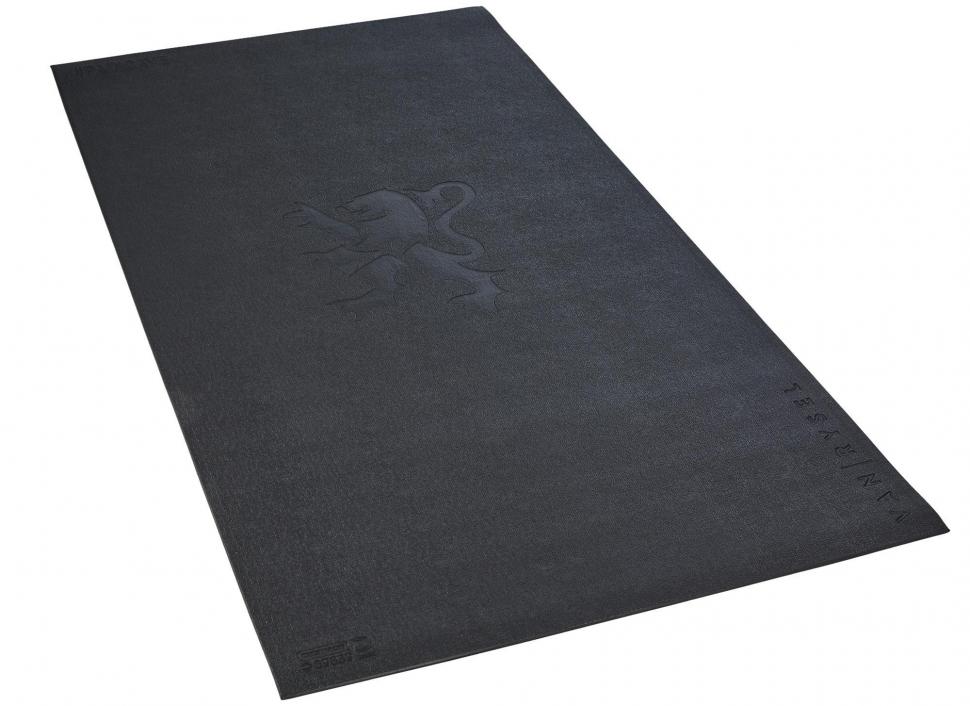 A turbo trainer mat is a valuable accessory to protect your flooring. The mat will stop your trainer from marking the floor and also keep dripping sweat off.
A turbo trainer mat is a valuable accessory to protect your flooring. The mat will stop your trainer from marking the floor and also keep dripping sweat off.
The Van Rysel Turbo Trainer Mat Flanders training mat is made from a dual-layer material. The lower layer is made from anti-slip foam for stability, while the upper section is a dense foam. It’s not absorbent so can be wiped dry and clean after training.
Buy now from Decathlon for £34.99
As mentioned above, if you use a wheel-on trainer, an indoor training tyre provides more grip and durability than a regular outdoor tyre, minimising the risk of overheating and slipping. Indoor training tyres are also designed to be quieter than normal rear tyres.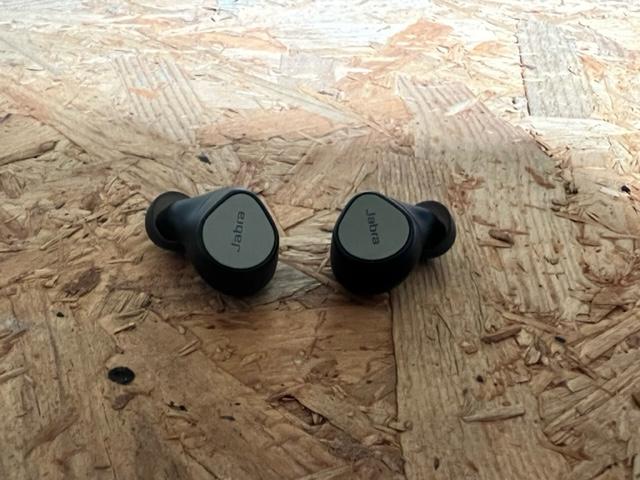 Many people like to listen to music while riding indoors. The best headphones for cycling will allow you to do that without disturbing other people.
Many people like to listen to music while riding indoors. The best headphones for cycling will allow you to do that without disturbing other people.
The Jabra Elite 7 Pro earbuds offer a secure fit and exceptional battery life and are rated IPX57 meaning that they will carry on working no matter how much you sweat.
Read our review of the Jabra Elite 7 Pro earbuds
Buy now from Jabra for £129.99
Indoor cycling clothing
The best indoor cycling clothing is lightweight and airy enough to keep you cool and comfortable while you work out.
Some of the best summer cycling jerseys are suitable for indoor riding while the Le Col x Wahoo Indoor Training Jersey is superlight and extremely cool.
Read our review of the Le Col x Wahoo Indoor Training Jersey
Buy now from Le Col for £135
You’ll need shorts with a high-quality seatpad and many of the best cycling bib shorts will do a fantastic job. We recommend the Nopinz SubZero (£149.99) as the best indoor cycling suit. It is lightweight with a comfortable pad, and even has pockets for replaceable frozen gel packs.
Read our Nopinz SubZero review
Buy from Nopinz for £149.99
Indoor cycling shoes
Many of the best road cycling shoes are suitable for indoor cycling with superlight and airy options the most effective for keeping you cool and sweat-free.
The all-round best indoor cycling shoes are the Fizik Vento Powerstrap R2 Aeroweave shoes (£334). They come with very stiff soles and offer an excellent level of breathability.
Read our Fizik Vento Powerstrap R2 Aeroweave shoes review
Buy from Chain Reaction for £234.49
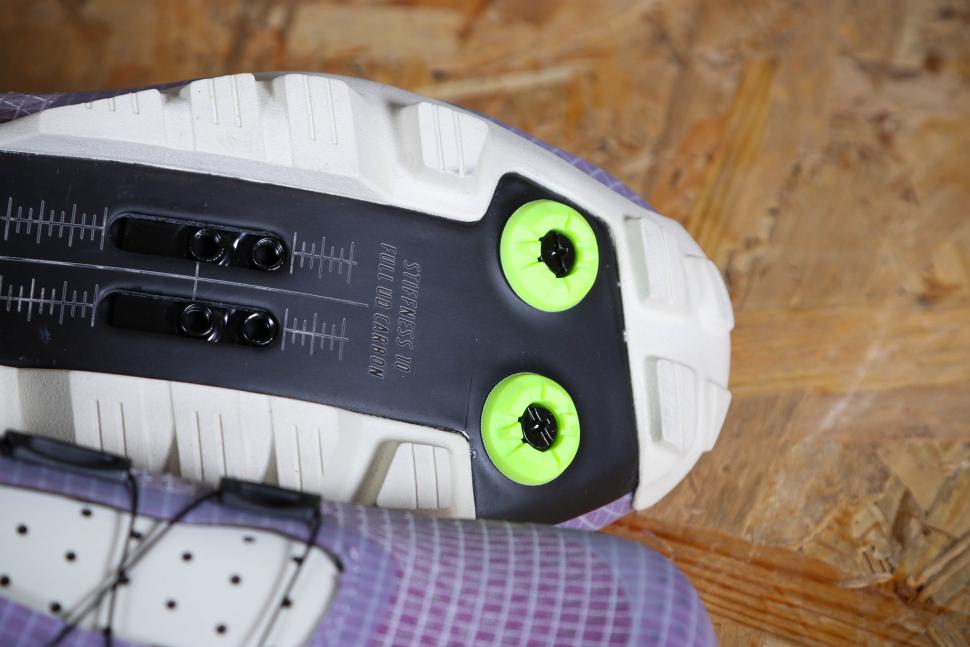 If you’re using some of the best clipless pedals, make sure you choose compatible shoes. For example, cleats for Shimano SPD pedals require a sole that takes two bolts (above), while cleats for Shimano SPD-SL and Look Kéo pedals require a three-bolt sole (below).
If you’re using some of the best clipless pedals, make sure you choose compatible shoes. For example, cleats for Shimano SPD pedals require a sole that takes two bolts (above), while cleats for Shimano SPD-SL and Look Kéo pedals require a three-bolt sole (below).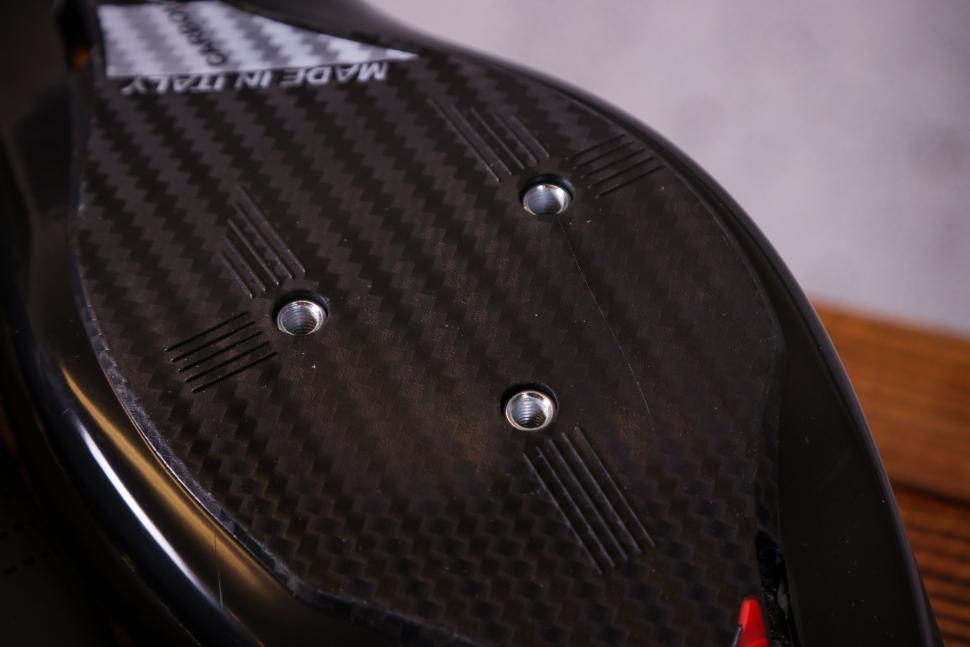
As a rule, 3-bolt cleats are designed for road cycling and 2-bolt cleats are for mountain biking. However, if you use an exercise bike at a gym/fitness centre that's fitted with clipless pedals, chances are that they'll take 2-bolt SPD cleats. Double-check before spending any money.
One advantage of a 2-bolt system is that the cleat is usually recessed into the sole so you're less likely to slip or mark the floor when walking indoors, hence their popularity in gyms.
Everything you need to know about indoor cycling
Is an indoor cycling trainer worth it?
Yes, absolutely. An indoor trainer provides you with an excellent means of developing your fitness, staying healthy, and losing weight – if that’s your goal.
It’s also incredibly time-efficient because there’s no traffic to hold you up, and serious cyclists can tackle sessions focused on their precise needs rather than having terrain and weather conditions affect things. An indoor bike trainer allows you to do all this without the need to leave home or pay gym fees.
You don’t have to spend a fortune. The Saris Fluid2 Trainer Smart Equipped Trainer has a retail price of £299 but it’s just £129.99 at Probikekit.
Once started, you can gradually develop your setup as you go.
Do indoor bike trainers wear out tyres?
Wheel-on trainers run the rear tyre of your bike on a roller that’s part of the resistance unit. You can use a regular tyre on your wheel. Naturally, this will result in wear.
You can buy special turbo trainer tyres. These are made from compounds designed for improved grip – to avoid slipping on the roller – and greater durability. They’re also quieter than standard rear tyres. The Tacx Trainer Tyre is £34.99 from Wiggle, for example, and is designed for use on the brand’s trainers. Turbo trainer tyres aren’t suitable for outdoor cycling.
With direct-drive turbo trainers, you remove the rear wheel of your bike so there’s no tyre to wear out.
Is indoor cycling actually a good workout?
Yes, you can build your fitness by indoor cycling in exactly the same way as if you were cycling outdoors. Cycling is an excellent form of cardiovascular exercise and it’s low-impact so causes less strain and fewer injuries than many other sports. You’ll mainly work your quads, hamstrings, glutes and calves, although other muscle groups come into play too.
One of the beauties of the best cycling apps is that you can ride workouts that are precisely targeted to you and your fitness requirements. There’s no need to find yourself doing a session that’s either too hard or too easy.
One of the other advantages of indoor cycling apps like Zwift is that they’re so immersive and realistic that you get caught up in the game. You get all the fitness benefits while enjoying yourself.
What’s the difference between spinning and indoor cycling?
Spinning is a form of indoor cycling. Spin bikes tend to have heavy flywheels that take a lot of effort to get moving but then carry loads of momentum so they’re hard to stop once up to speed.
The pedals and the flywheel are fixed on a spin bike. This means that while the flywheel is in motion the pedals are moving too, even if you’re not pushing on them.
In contrast, you can stop pedalling and coast on a turbo trainer.
How long should you indoor cycle a day?
There’s no simple answer to this one. If you’re new to cycling you might just do a few minutes and work up from there.
At the other extreme, you might be an experienced racer sharpening your fitness on a turbo trainer, in which case the quality of your session will be much more important than the duration.
We’d encourage you to subscribe to one of the best cycling apps and target the fitness goals that are important to you, at least until you get the idea of what you’re doing. Apps like TrainerRoad take the guesswork out of indoor cycling, telling you exactly what you need to do to achieve your aims.
About road.cc Buyer's Guides
The aim of road.cc buyer's guides is to give you the most, authoritative, objective and up-to-date buying advice. We continuously update and republish our guides, checking prices, availability and looking for the best deals.
Our guides include links to websites where you can buy the featured products. Like most sites we make a small amount of money if you buy something after clicking on one of those links. We want you to be happy with what you buy, so we only include a product if we think it's one of the best of its kind.
As far as possible that means recommending equipment that we have actually reviewed, but we also include products that are popular, highly-regarded benchmarks in their categories.
Here's some more information on how road.cc makes money.
You can also find further guides on our sister sites off.road.cc and ebiketips.
road.cc buyer's guides are maintained by the road.cc tech team. Email us with comments, corrections or queries.
Mat has been in cycling media since 1996, on titles including BikeRadar, Total Bike, Total Mountain Bike, What Mountain Bike and Mountain Biking UK, and he has been editor of 220 Triathlon and Cycling Plus. Mat has been road.cc technical editor for over a decade, testing bikes, fettling the latest kit, and trying out the most up-to-the-minute clothing. He has won his category in Ironman UK 70.3 and finished on the podium in both marathons he has run. Mat is a Cambridge graduate who did a post-grad in magazine journalism, and he is a winner of the Cycling Media Award for Specialist Online Writer. Now over 50, he's riding road and gravel bikes most days for fun and fitness rather than training for competitions.
Latest Comments
- Codfather123 3 sec ago
I reckon it is rather dangerous has it will make you more vulnerable to side winds.
- chrisonabike 9 min 11 sec ago
I mean it seems silly to complain in detail when we're firmly in the territory in the UK of "you will have to live with this the rest of your life ...
- Bigfoz 1 hour 27 min ago
Well, according to Endura's website, they make nothing that fits me. (which is interesting because my club skin suit, from Endura, is both too big ...
- thax1 1 hour 55 min ago
Aww, Northwave's marketing team eh? Bless 'em....
- eburtthebike 2 hours 40 min ago
I thought students were supposed to be intelligent?
- whosatthewheel 2 hours 51 min ago
She will serve "no more than a half", so 3 years and 4 months and she is walking free. And with the practically non-existent road policing it's...
- hawkinspeter 4 hours 21 min ago
Just the other day, Mrs HawkinsPeter remarked that our road seemed a lot quieter without all the rat-running and there's notably more traffic...
- hawkinspeter 3 hours 53 min ago
I would assume that it's the scent of huge profits that pulls in investment that does improve treatments, but we can see the end game of...
- hawkinspeter 4 hours 36 min ago
I was wondering if other countries used some kind of anti-copying technology. One type would be to use something like an RFID chip embedded into...
- slc 5 hours 42 min ago
Doubly galling when, as has been pointed out here in the past, a binary search would efficiently reveal the time of theft. Triply galling when I...
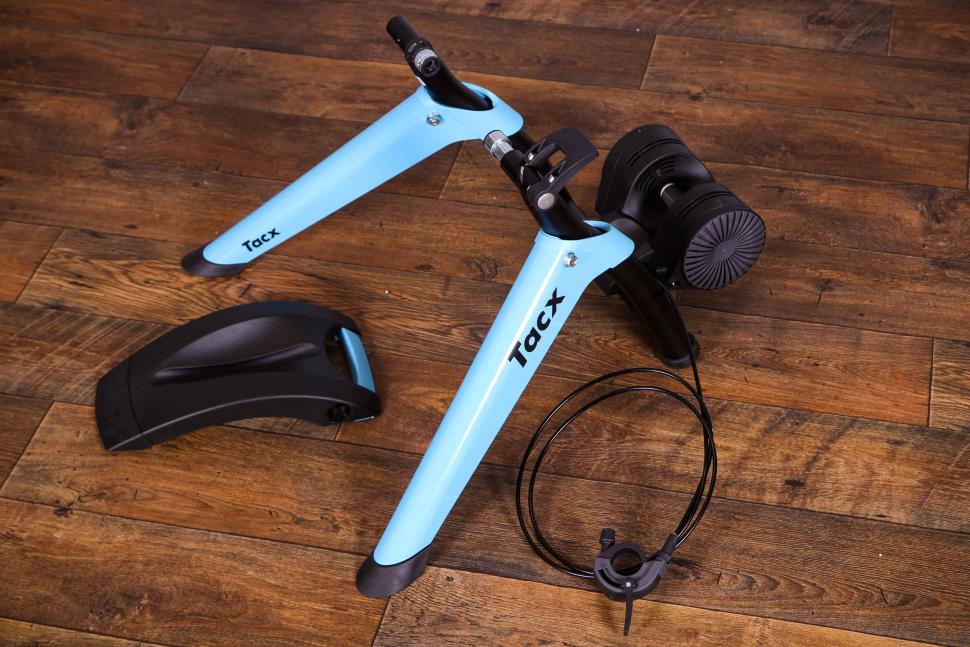
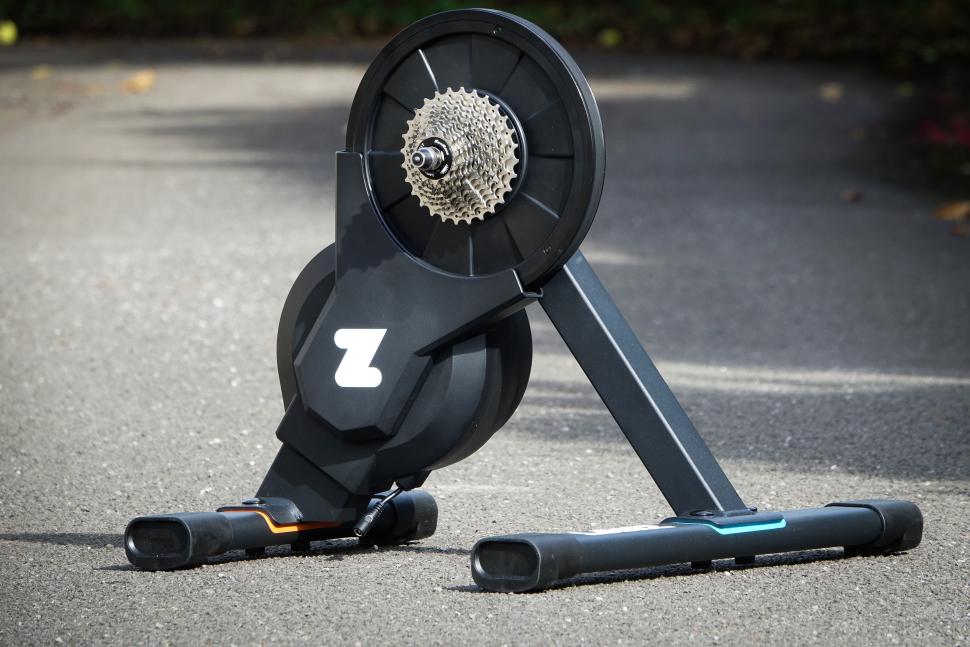


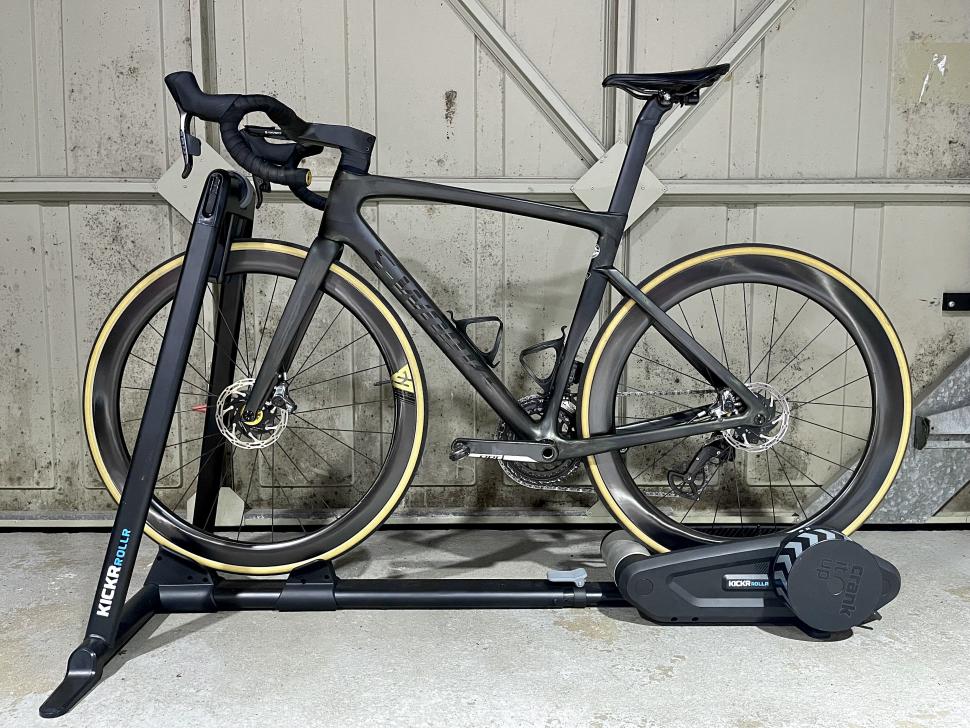



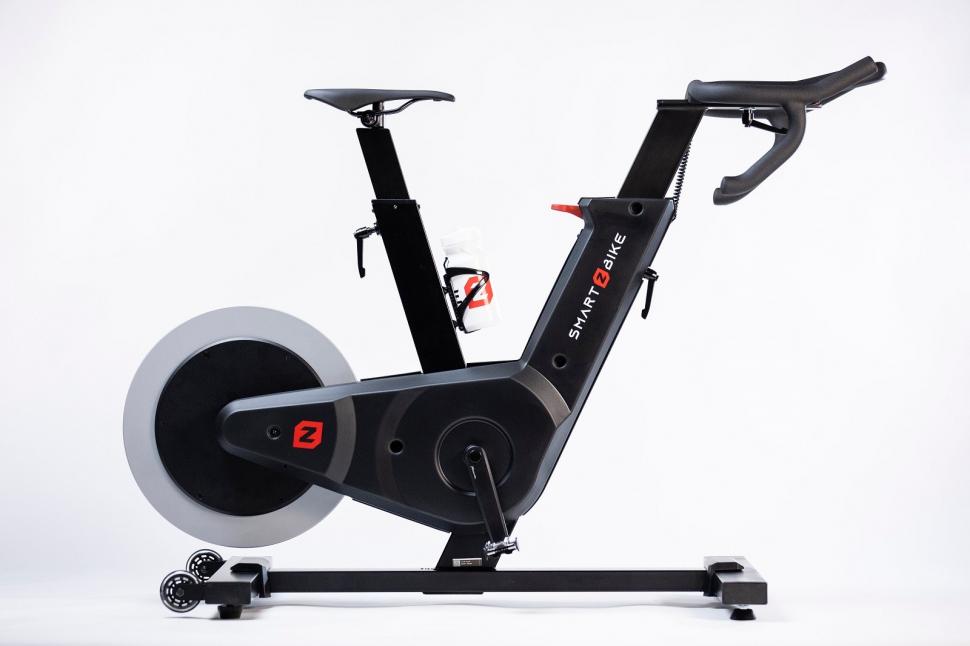
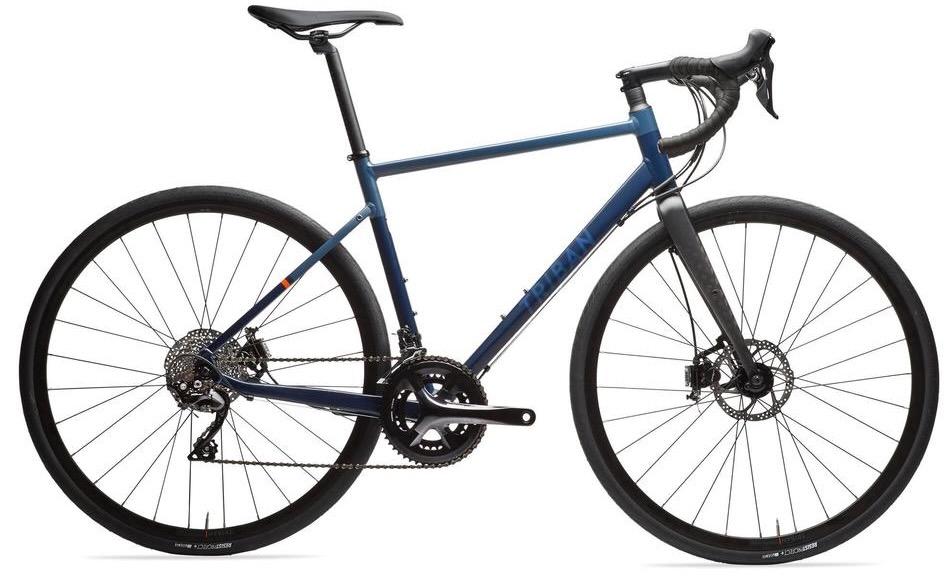
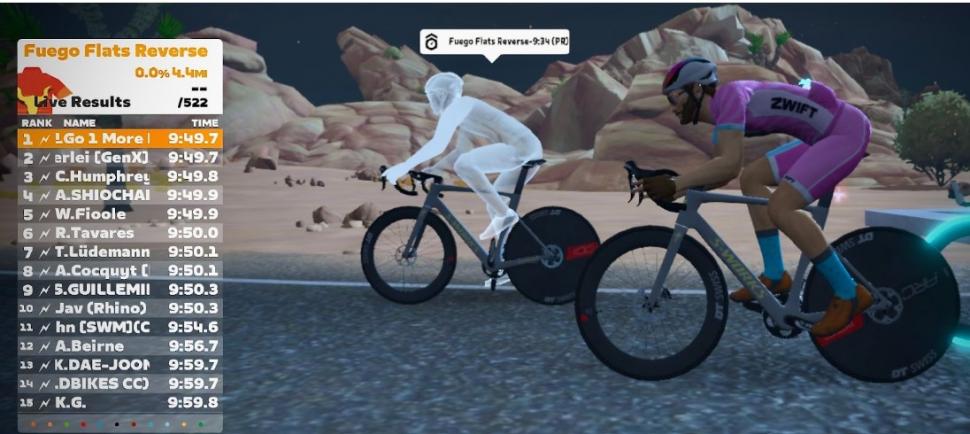

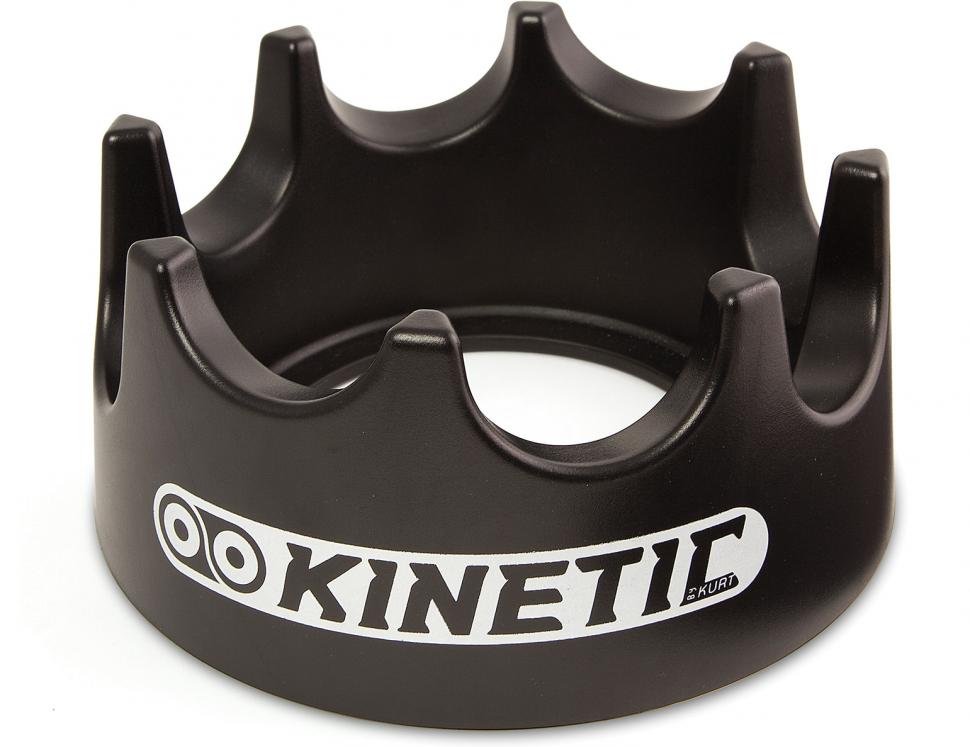
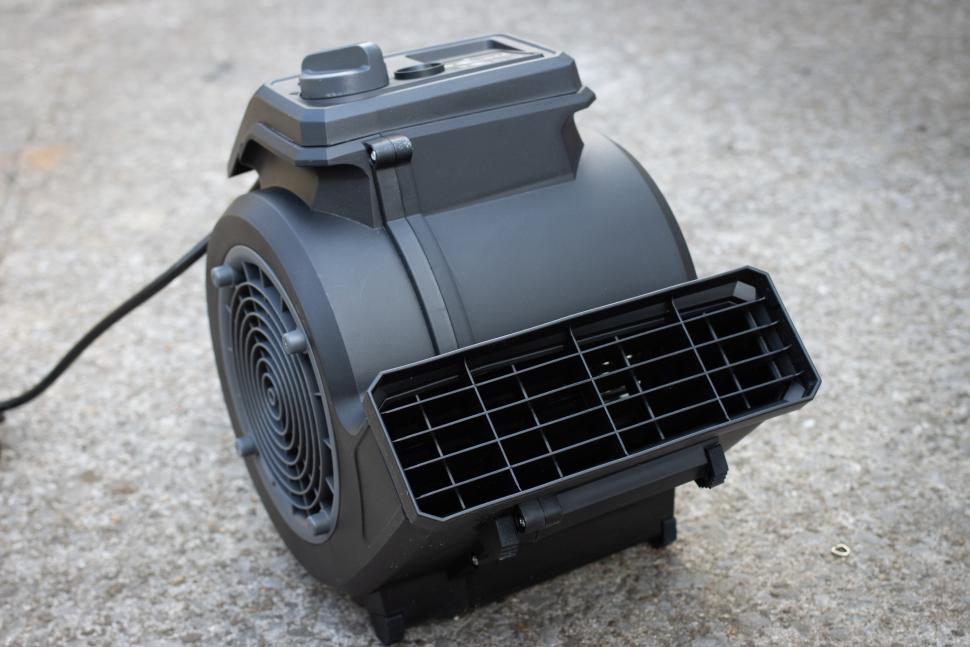




Add new comment
1 comments
Where is the section on velodromes?